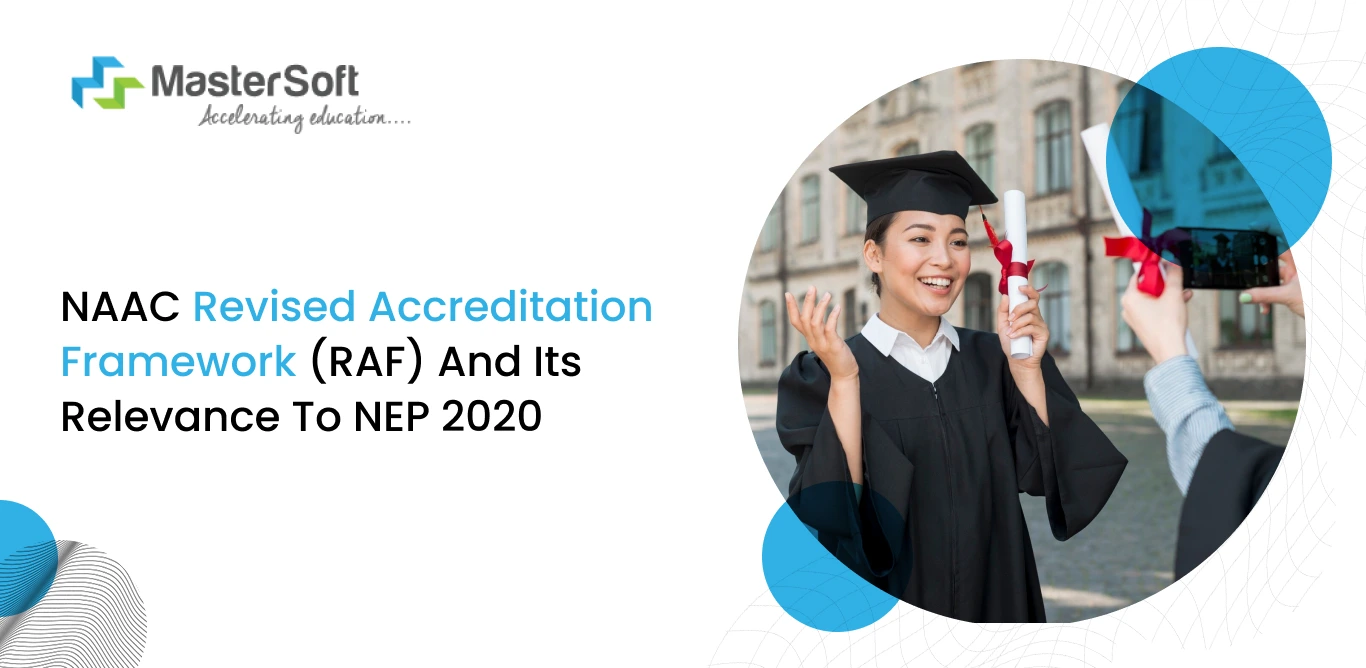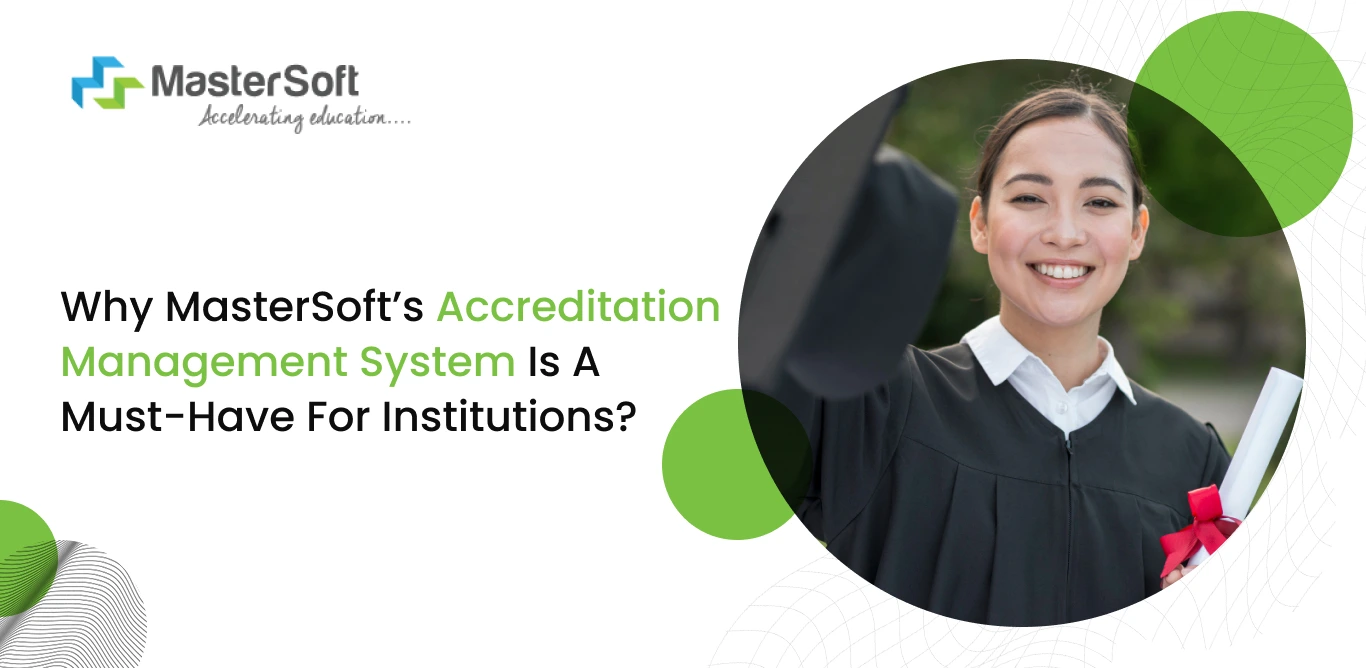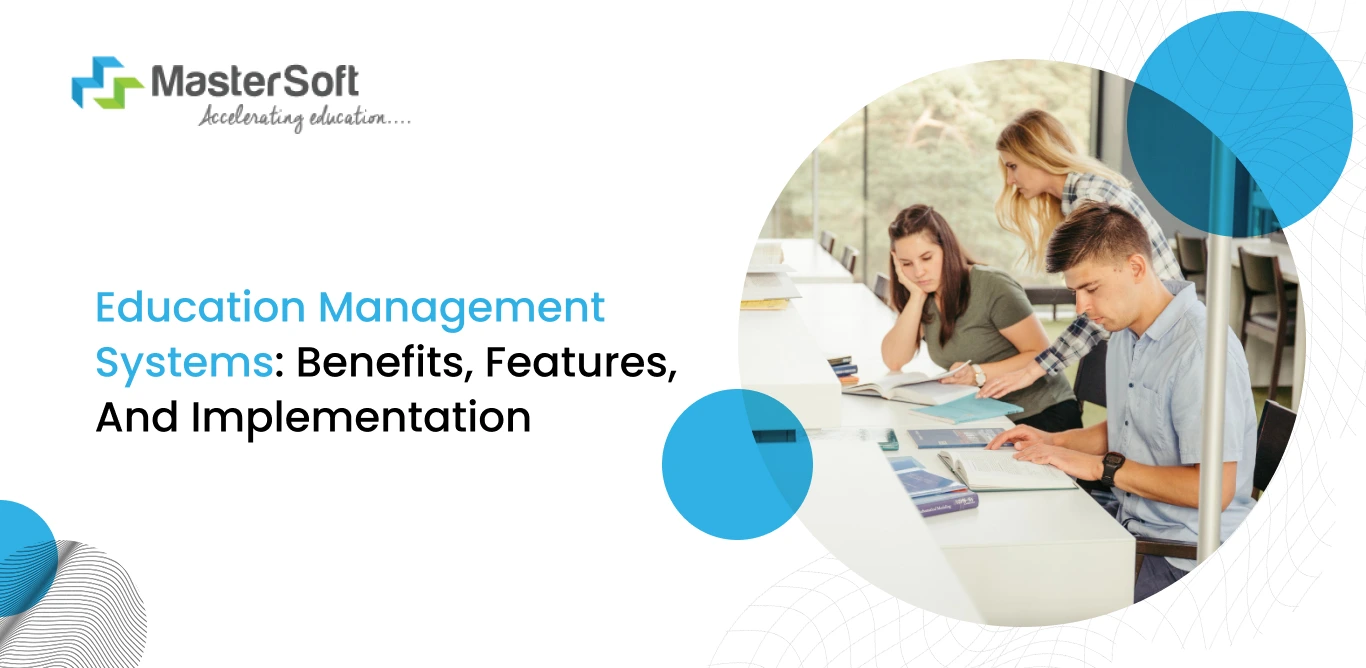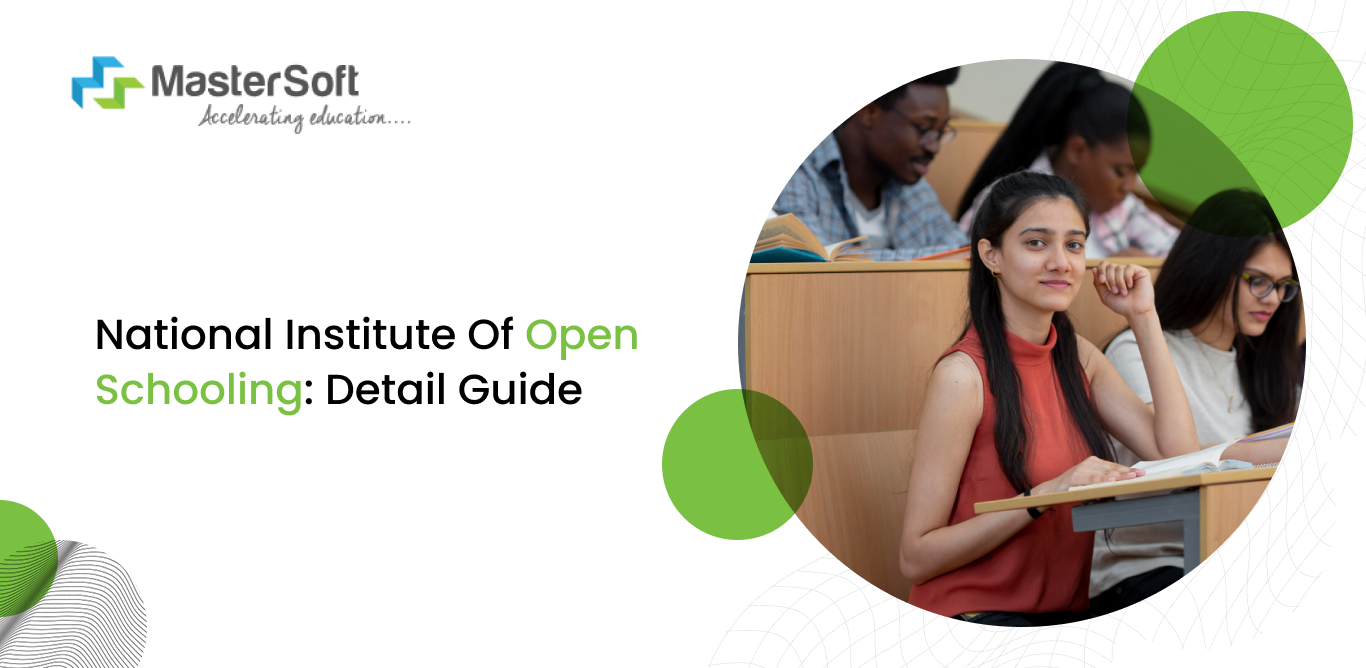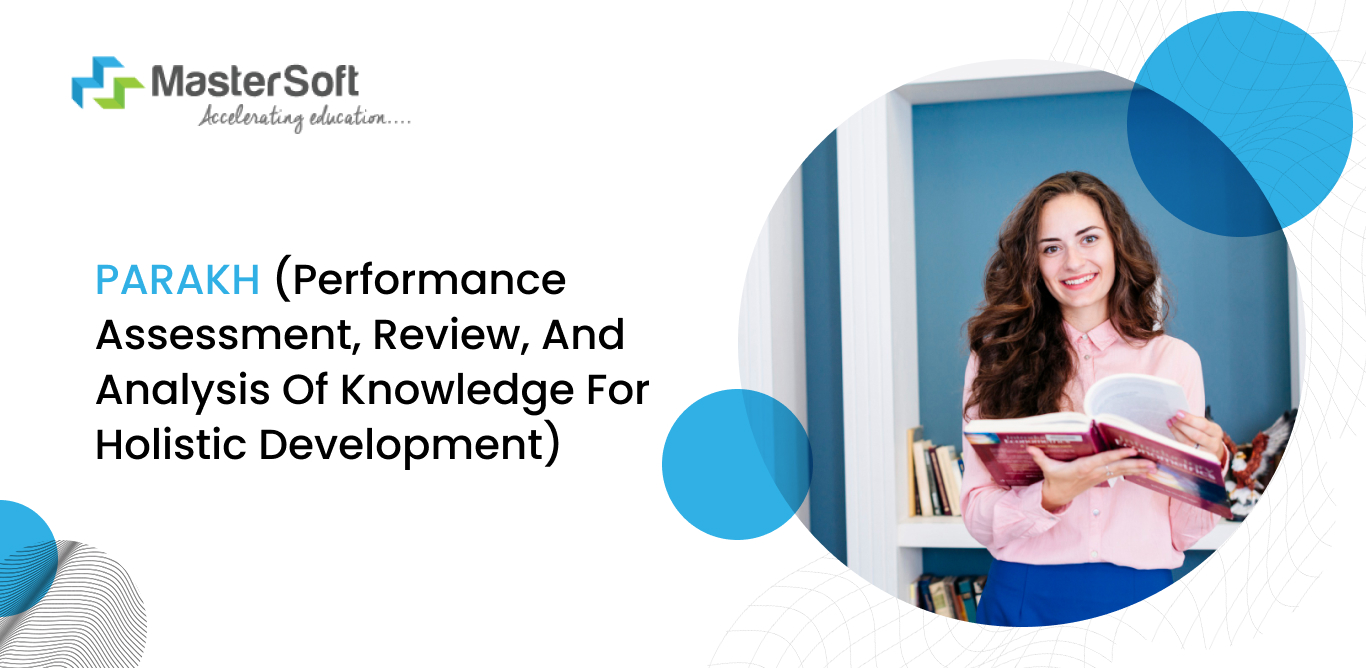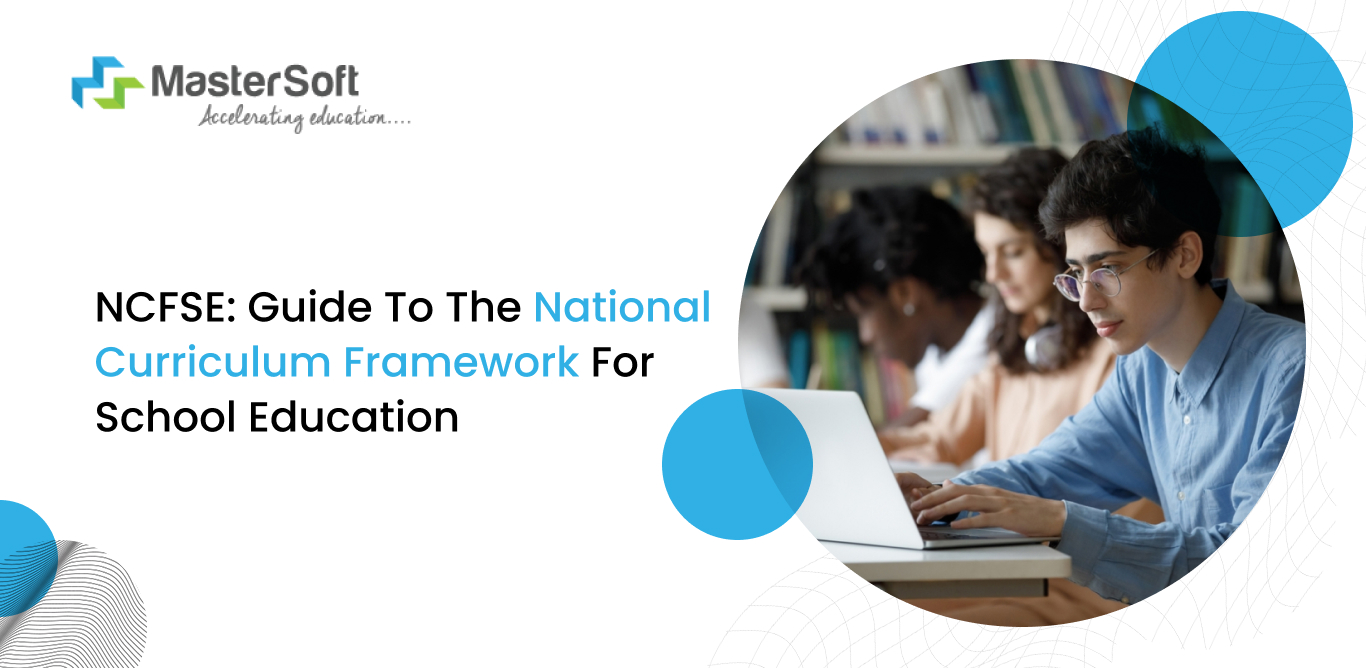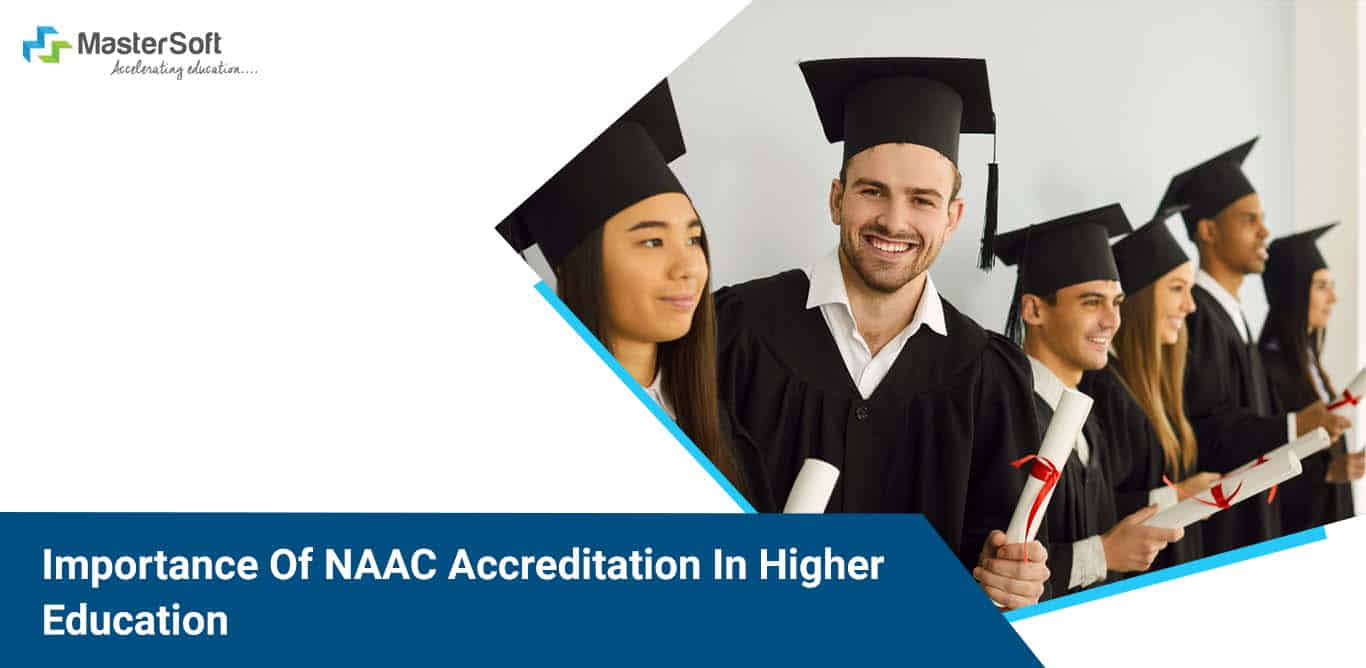Updated On | 18,November 2021
Have you ever thought about what’s the best way to empower our society?
“Education” is the key!
It is one of the pillars that enlighten the minds of the children and ensure to make a better tomorrow. It is through education that the different socio-cultural divides that exist in our country can be overcome.
India has the highest youth population, but unless and until they are channelized towards an effective educational system by implementing necessary reforms they would be facing a deplorable situation. Probably why the educational system has decided to make NAAC accreditation a mandate from 2022 onwards & also proposed NEP policy 2020.
National Education Policy- NEP 2020 aims to focus on increasing the gross enrollment ratio so that more and more students get the facility of basic and higher education. There would be no rigid separation between different streams, extracurricular, vocational streams in school giving the liberty to the students to choose any domain as per their choice and aptitude.
Revised Accreditation Framework needs to be following New Educational Policy which dictates certain criteria that the institutes need to maintain. For instance, ICT has come as a blessing in disguise for the students who can continue their education despite the institutions being completely closed. The institutes need to make sure of seamless integration of ICT while delivering lessons or conducting assessments.
Criteria of NAAC Revised Accreditation Framework (RAF)
The following list depicts the criteria of NAAC RAF - Revised Accreditation Framework.

#1: Revamping the Curriculum, Pedagogy, Assessment and Student Support
Learning is not for just exams it is for livelihood, knowledge, and something much better. To provide a value-based and enriched learning experience to the students the institutes need to make essential reforms in the curriculum and incorporate student-centric learning pedagogies.
At the same time, developing an assessment strategy that focuses on measuring the learning outcomes and pace of learning is imperative. Keeping in mind that the goal here is to empower students to become independent learners and decision-makers not relying blindly on the judgments or opinions of others.
This is where the concept of a well-educated young person comes in; it clearly states that a truly literate person is not just confined to academics. But it also extends to his or her ability to communicate well, maintain good relationships with peers and adults. He is also able to function as a well-rounded individual within a group and has a sense of responsibility towards himself and others.
#2: Teaching, Learning, and Evaluation
The teachers delivering a lesson in the class may not be perceived equally by all the students in the class. While some may have a good level of understanding some might not, hence there must be a tandem between learning and teaching.
The success of teaching is equally proportional to the success of learning and to ensure that the teachers should do weekly/monthly evaluations. This will help to identify the gap in teaching and learning, then accordingly they can proceed to take necessary steps to guide the students.
#3: Research and Innovation
Higher educational institutions need to set up start-up incubation centers, technology development centers which would aid to focus on research and innovation. It is not just about utilizing the funds to conduct particular research but also about how much an institute is giving back to the community.
What kind of collaboration do you do in terms of inter-disciplinary research?
How science and innovation are made to be available to society at large?
How the problems of society are addressed through scientific innovation?
These are a few of the main questions that the HEIs need to address in this criteria and while doing so that they conduct interdisciplinary research. This should incorporate the humanities and social sciences research particularly as well. It is notable to mention that NAAC accreditation emphasizes how the institutes should collaborate with other research bodies and contribute to society.
#4: Infrastructure and Learning Resources
Continuous investment in the maintenance and facilitating of the required infrastructure is imperative for improved and sustained learning.
Specific emphasis is given towards the library as a learning resource also the materials that are there in the library itself. The e-resources which have found prominence amongst most libraries should also be accounted for. The number of purchases and the rate of usage should also be evaluated with equal importance.
#5: Student Support and Progression
The lack of a student support system after the completion of their studies in an institute is a prevalent problem. It is imperative to understand the needs of the students; some of them are looking for employment opportunities after their graduation.
While others are looking to further their studies in terms of appearing for competitive examination. Some of the fresh graduates don't have any aspirations to do a job in a company as they want to venture into entrepreneurship.
Hence considering all these factors it is crystal clear that completing that one degree or graduation is not sufficient. That is the reason the institute needs to provide some kind of career-related services. A few of the important components of a student support system are as follows:
- Timely advice to the students is important because sometimes the students themselves would not be able to understand what they want to do in their lives.
- Essential guidance can be provided by the teachers in times of need.
- Academic support for those students who have difficulty in terms of exploring their subjects and courses.
- Managing studies along with uncertain future possibilities regarding a career can be quite daunting. Hence enabling the students to balance both the thing through one on one counseling can be very helpful. This would eventually ensure to promote good mental and physical health.
#6: Governance Leadership and Management
What kind of institutional visions and leadership are required to bolster the growth and development of educational institutions?
How do they strategize growth and development?
How the resources are allocated and accordingly used?
How the decisions are centralized and decentralized?
Revised Accreditation Framework clearly states that all these aspects of leadership at different levels ought to be reaffirmed while making sure the integrity is maintained.
#7: Institutional Values and Best Practices
Higher education should incorporate all the major aspects of sustainable development and livelihood. The kind of value system that the institution adopts needs to be in sync with the tenets of the constitution. Wherein the students should be empowered to become socially conscious individuals by emphasizing liberty, equality, fraternity, and justice.
What is the real meaning of education? Is it just to attain graduation?
An important aspect of education is to enable individuals to become sensitized citizens having a self-organizational ability.
NEP focuses on the multi-disciplinary component, hence the duty of the institute would be to provide comprehensive courses. This would ensure the students to go for any of the varied courses or programs making them more employable for the future.
A mandate of NAAC RAF is that the institute must include the feedback of all the stakeholders including students, parents, and teachers. This will help to determine the gaps between the expectations of the industries to the syllabus that is taught in the institutes.
How MasterSoft’s EdTech Tools Can Promote the Best Educational Practices?
According to a recent survey, the fresh graduates of diverse streams lack those important skills that employers look for within a candidate.
- Communication skills
- Technical skills
- Writing skills
- Problem-solving aptitude
- Ability to work within a team
During the preparation of the curriculum, the institute must make it a point to incorporate vocational courses which would focus on inculcating all the essential skills in the students. MasterSoft’s learning management system can help institutions incorporate the best curriculum & keep a tab on students’ progress.
During the NAAC team visit, the reports that would be submitted would reflect the openness and clarity by following sincere attempts to the metrics. MasterSoft’s accreditation data management software can help institutions generate 100% accurate MIS reports & maintain the required data & supporting documents.
Get a Step Ahead in Accreditation Journey with MasterSoft's Accreditation Data Management Software!
Mobile: 08448010216
Email: janki.somani@iitms.co.in
Disclaimer
This publication, and the contents herein, introduces overall features of the Accreditation Data Management System developed and owned by the MasterSoft ERP Solutions Private Limited, however, the access to the same shall be limited to the features opted by its Users. It shall be understood that the System shall be modified from time to time by the MasterSoft ERP Solutions Private Limited as and when found necessary, and such modifications shall be made available, automatically and mandatorily, to the Users.
The Accreditation Data Management System allows the Institutes to assimilate Campus Data in one Central Database, and generates various Reports that may be helpful in the accreditation process. However, it does not calculate/estimate/speculate the accreditation or ranking scores, and it shall not be implied in any manner that we claim to improve the accreditation score or ranking of the Institutes.
MasterSoft ERP Solutions Private Limited is not associated with the NAAC, and no part of the contents published herein intend to imply the same. Any part of such contents, if found to be similar to or suggestive towards the material featured on the official Website of the NAAC, is to be treated as having been sourced from the said Website; and MasterSoft ERP Solutions Private Limited claims no ownership or interest over the said information.
We declare that every such information is published in consonance with the Copyright Policy of the NAAC as stipulated on its official Website, and that we have no intention to dilute the accuracy of or to derogate the said material. We also affirm that no part of the contents published herein infringe Copyright(s) of any third party(ies).
We urge all the readers of our publications to honour the esteem of NAAC, and the sacrosanct information published by it in public interest.

